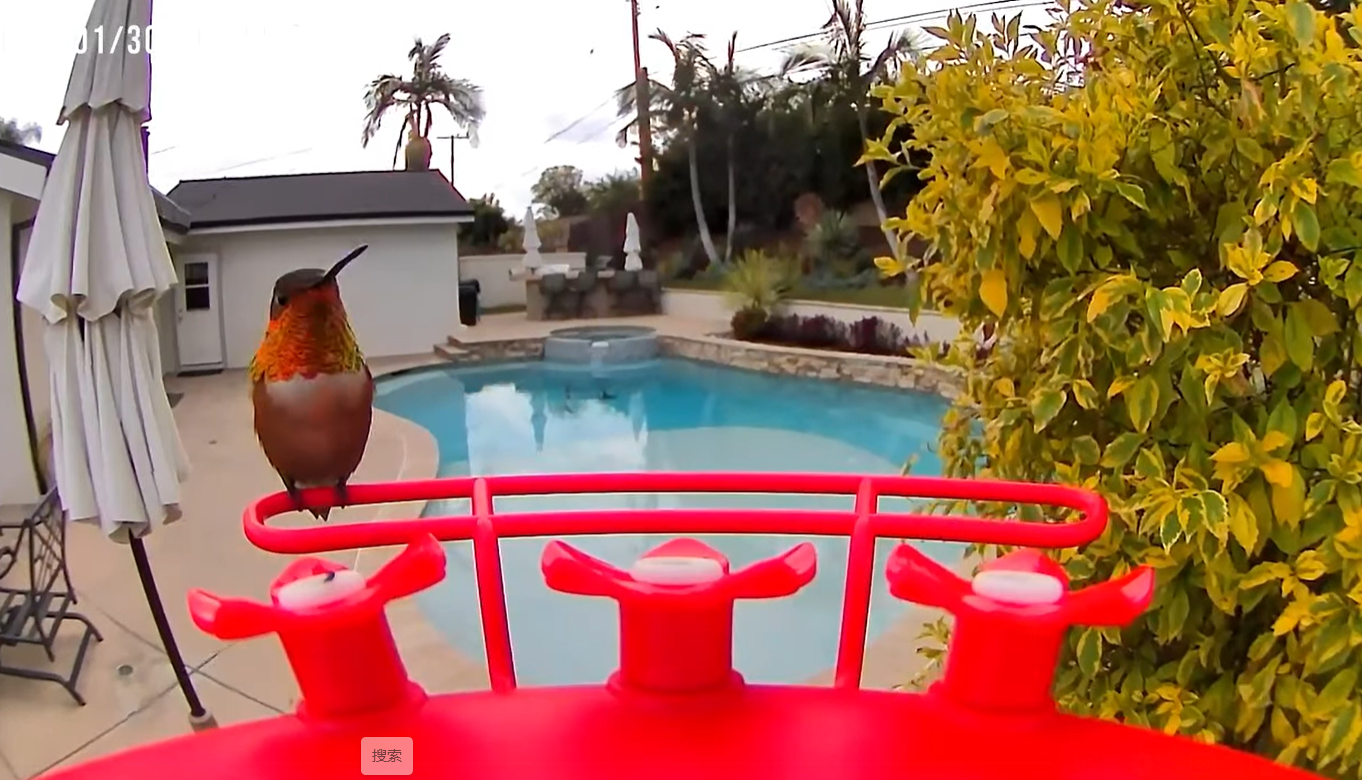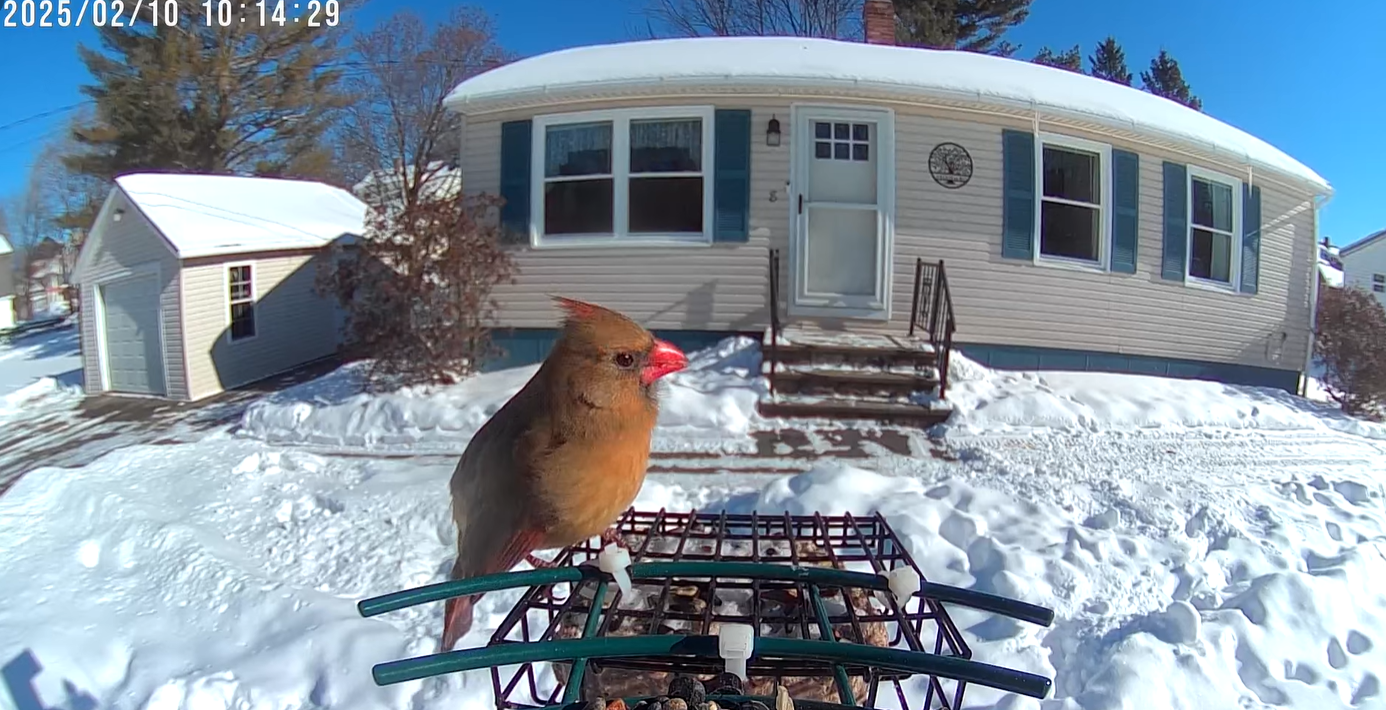Spring is a season of renewal, and few creatures embody this spirit better than hummingbirds. These tiny, iridescent birds are a marvel of nature, captivating birdwatchers and nature enthusiasts alike. As the flowers bloom and the days grow warmer, hummingbirds return from their winter migrations, bringing life and color to gardens across the Americas. In this blog, we’ll explore the fascinating world of spring hummingbirds, their behaviors, adaptations, and how you can attract them to your backyard.
The Return of the Hummingbirds
Spring marks the return of hummingbirds from their wintering grounds in Central America and Mexico. Depending on the species, some hummingbirds travel thousands of miles to reach their breeding habitats in North America. For example, the Ruby-throated Hummingbird, one of the most common species in the eastern United States, crosses the Gulf of Mexico in a non-stop flight that can take up to 20 hours. This incredible journey is fueled by their high metabolism and the fat reserves they build up before migration.
As they arrive in spring, hummingbirds are on a mission: to find food, establish territories, and begin the breeding process. Their arrival often coincides with the blooming of early spring flowers, which provide the nectar they need to sustain their energy-intensive lifestyle.
Unique Adaptations
Hummingbirds are among the most specialized birds in the world. Their name comes from the humming sound created by their rapidly beating wings, which can flap up to 80 times per second. This allows them to hover in mid-air, fly backward, and even upside down—a feat no other bird can achieve.
Their long, slender bills and extendable, tube-like tongues are perfectly adapted for feeding on nectar. While nectar is their primary energy source, hummingbirds also consume insects and spiders for protein, which is essential for their growth and reproduction.
Another remarkable adaptation is their metabolism. Hummingbirds have the highest metabolic rate of any vertebrate, requiring them to consume up to half their body weight in sugar daily. To conserve energy, they enter a state of torpor at night, slowing their heart rate and lowering their body temperature.
Spring Behaviors
Spring is a busy time for hummingbirds. Males arrive first to establish territories, often choosing areas with abundant food sources and suitable nesting sites. They perform dazzling aerial displays to attract females and ward off rival males. These displays include steep dives, rapid ascents, and sharp turns, accompanied by chirps and whistles.
Once a female selects a mate, she builds a tiny, cup-shaped nest using plant fibers, spider silk, and lichens. The nest is often camouflaged and placed on a tree branch or shrub. Females lay one to three eggs, which are about the size of a pea, and incubate them for about two weeks. After hatching, the chicks are fed a diet of regurgitated nectar and insects until they fledge in about three weeks.
Attracting Hummingbirds to Your Garden
If you want to enjoy the beauty of hummingbirds in your backyard, there are several steps you can take to make your garden more inviting:
-
Plant Native Flowers: Hummingbirds are attracted to brightly colored flowers, especially those that are red, orange, or pink. Native plants like trumpet vine, bee balm, and columbine are excellent choices. These flowers provide the high-energy nectar that hummingbirds need.
-
Install a Hummingbird Feeder: Supplement natural food sources with a sugar-water feeder. Mix one part white sugar with four parts water, and avoid using red dye, which can be harmful to the birds. Clean the feeder regularly to prevent mold and bacteria.
-
Provide Water: Hummingbirds enjoy bathing in shallow water sources. A mister or a small birdbath with a gentle drip can attract them.
-
Avoid Pesticides: Chemicals can harm hummingbirds and reduce their food supply. Opt for natural pest control methods to keep your garden safe for these delicate creatures.
The Role of Hummingbirds in Ecosystems
Hummingbirds play a vital role in pollination. As they feed on nectar, their heads come into contact with pollen, which they transfer from flower to flower. This process helps plants reproduce and maintain genetic diversity. In turn, the plants provide food and habitat for countless other species, making hummingbirds an essential part of healthy ecosystems.
Conclusion
Spring is a magical time to observe hummingbirds as they return from their long migrations and begin their breeding rituals. Their incredible adaptations, vibrant colors, and energetic behaviors make them a joy to watch. By creating a hummingbird-friendly garden, you can support these remarkable birds and contribute to the preservation of their habitats. So, grab a pair of binoculars, sit back, and enjoy the enchanting world of spring hummingbirds!




Leave a comment
This site is protected by hCaptcha and the hCaptcha Privacy Policy and Terms of Service apply.